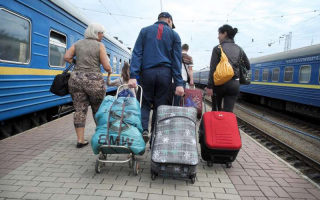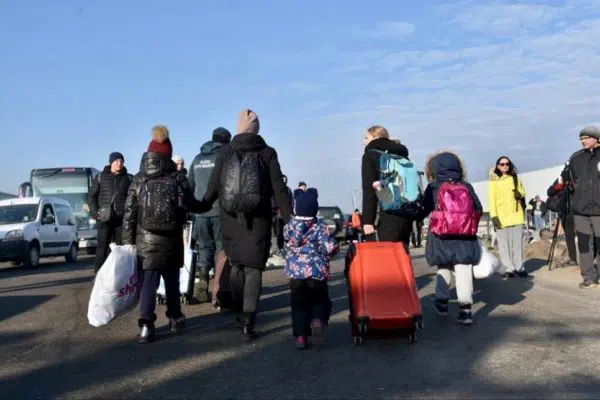This news comment is attributable to Pascale Moreau, Director of the Bureau for Europe, UNHCR
Chisinau, Moldova – Yesterday’s unprecedented decision by the European Union (EU) to offer Temporary Protection to Refugees fleeing Ukraine will provide immediate protection in the EU for Ukrainians and third-country nationals with refugee or permanent residence status in Ukraine.
The decision also means that EU Member States may offer Temporary Protection to third-country nationals with legal residence in Ukraine who are unable to return home, and to stateless people.
We encourage all EU Member States to take an inclusive approach and grant these groups Temporary Protection. The decision allows for responsibility-sharing among EU States for those with Temporary Protection Status. This will include cooperation on reception among EU Member States.
UNHCR, the UN Refugee Agency, urges EU States to swiftly implement the Directive to continue to provide those fleeing the violence with much-needed safety and protection – as the situation in the country continues to deteriorate and numbers of people fleeing continue to rise. This is fast becoming Europe’s largest refugee crisis this century.
Many EU States have already shown great support, and yesterday’s decision reinforces this solidarity, which we hope will continue. UNHCR also welcomes the recent guidance issued by the Commission to EU States encouraging them to be flexible with border controls and suggesting measures to decongest borders.
UNHCR stands ready to support governments and other stakeholders to provide protection and humanitarian assistance to those forced to flee in this refugee crisis of unprecedented proportions.
Background
EU Justice and Home Affairs Ministers met on 03 March to discuss the European Commission’s proposal to activate the EU Temporary Protection Directive (TPD) given the situation in Ukraine and arrivals to the EU of people seeking safety. Ministers agreed to the proposal and this is the first time the TPD has been activated. The decision to trigger the TPD will enter into force on the day it is published in the Official Journal of the EU.
Set up in the aftermath of the Yugoslav war, the TPD was designed to be used in the event of a “mass influx or imminent mass influx” of people coming into an EU State. It is a form of temporary protection aimed at offering immediate help by granting large groups of people collective protection status. These people would have protection status for up to a year (with a possibility of extension of up to three years), without going through individual asylum claims, and allowing access to housing and other benefits (e.g. education, health, social welfare, residency permits). The Directive also lays down criteria for the reunification of separated families in the case that one or several relatives enjoy temporary protection but others do not. Once reunited, all members have to be granted residence permits to stay in the host country. To implement the TPD, at least 15 out of 27 EU States must agree to it.
For further information:
-
- Frederik Bordon (Brussels): bordon@unhcr.org , +32 476 42 01 34
Originally published by UNHCR on 04 March 2022.






